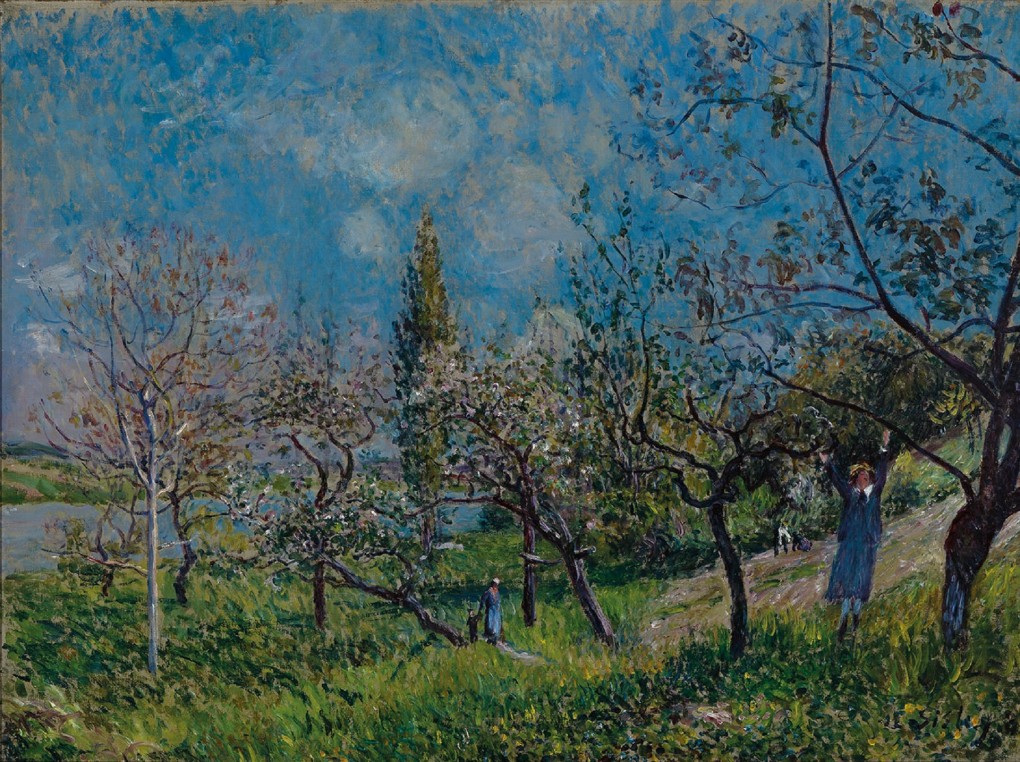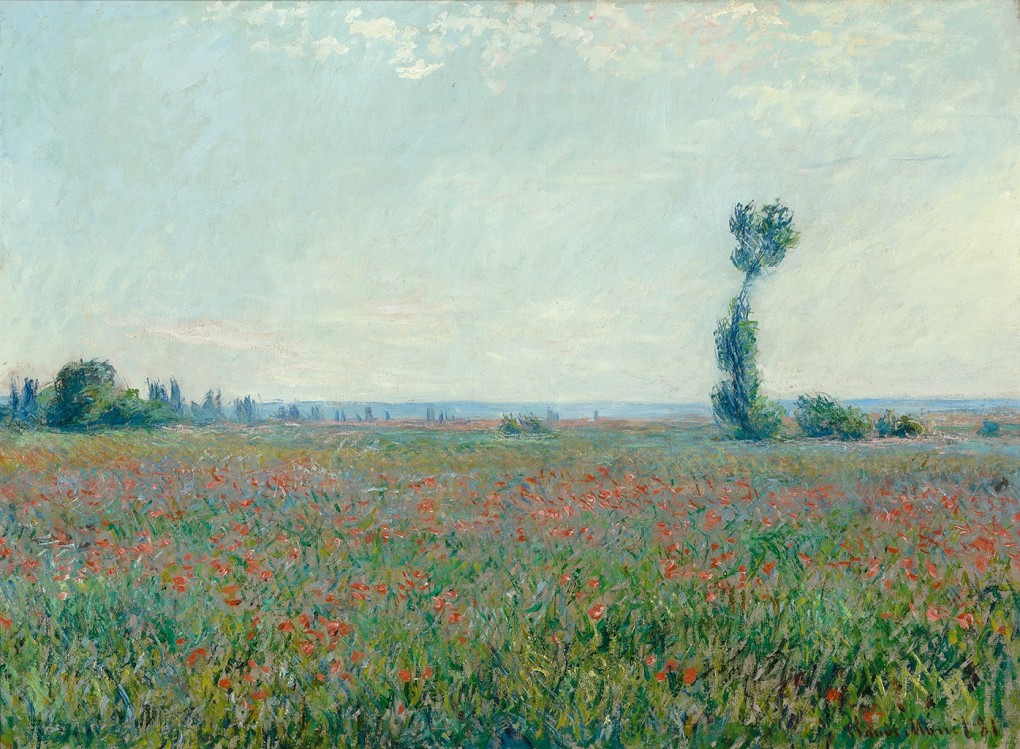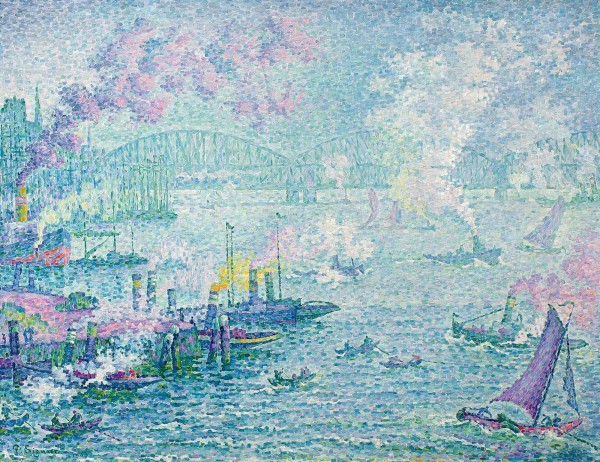Paint tube
For centuries, artists were confined to their studio by their materials. The invention of the paint tube in 1841 by John Goff Rand made it possible to paint outside. Paint in a tube doesn’t dry out and can be taken along in manageable amounts. That had a considerable influence on the development of the visual arts in the 19th century, including Impressionism. ‘Without the tube, no Impressionism’, said the French artist Auguste Renoir.








